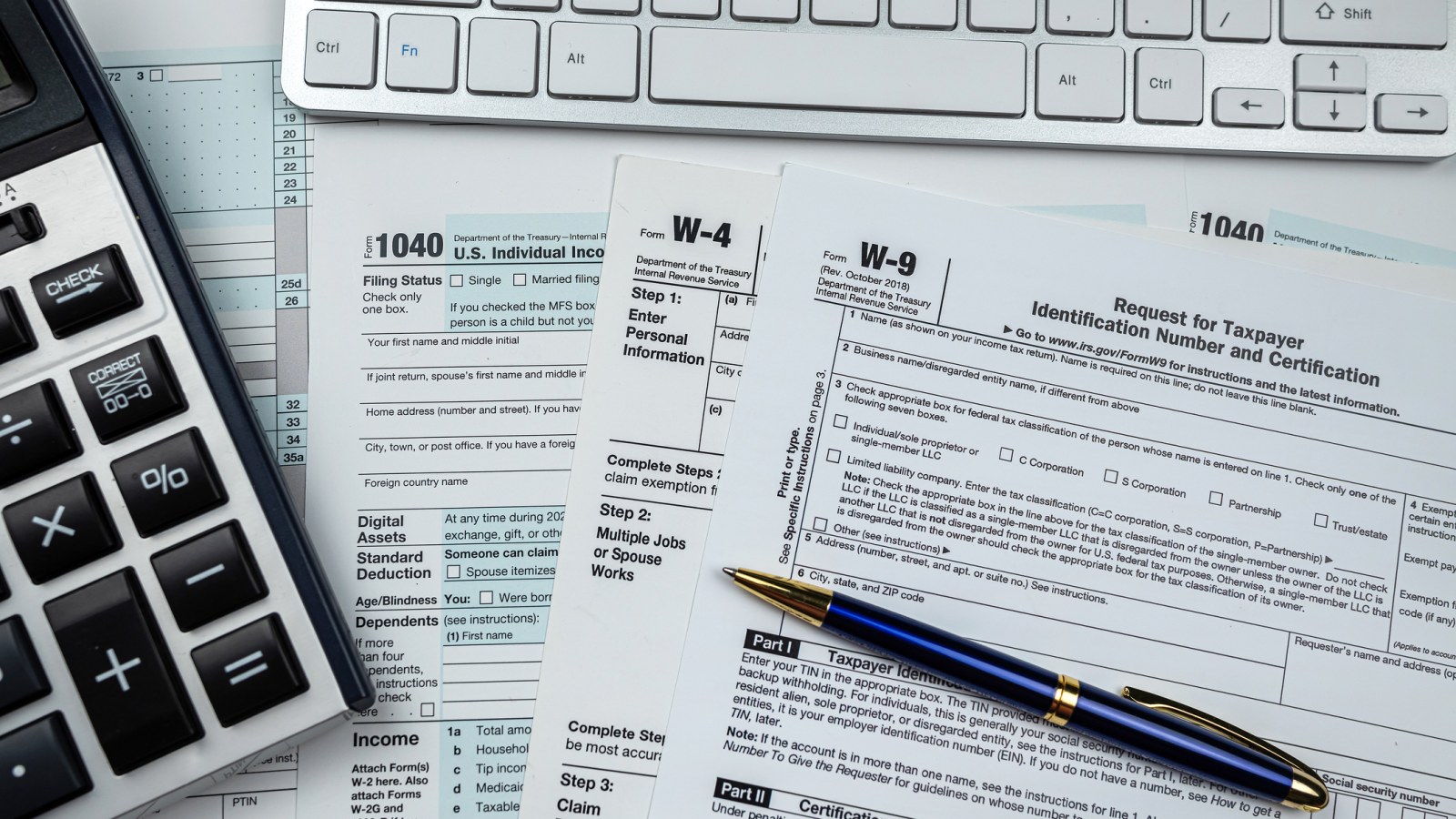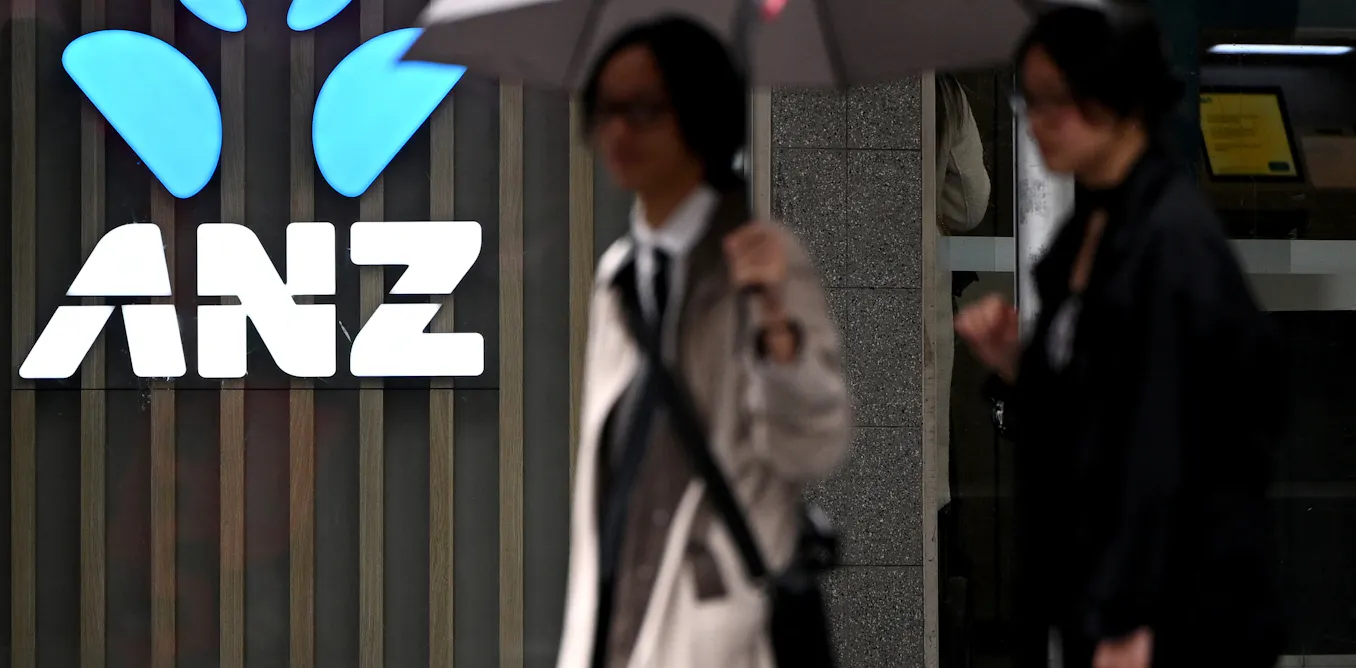By Aliss Higham
Copyright newsweek

September 15 is a critical date for millions of taxpayers as the IRS requires quarterly estimated tax payments on income that isn’t automatically subject to federal withholding—such as self-employment earnings, investments and side income.These payments are common for self-employed individuals, freelancers, investors and businesses. They can also apply to W-2 employees if their employer withholdings are not enough to cover their full tax bill.Missing these deadlines can result in penalties and interest, even if a taxpayer is otherwise eligible for a refund when filing their return.Who Needs To Pay?Quarterly estimated tax payments apply to individuals and businesses whose income is not fully covered by withholding. This often includes 1099 workers—such as freelancers and contractors—W-2 employees whose paycheck withholdings fall short of their tax bill, corporations, and some investors.According to the IRS, you generally need to make estimated payments if you expect to owe at least $1,000 in federal income taxes for the year after subtracting withholdings and refundable credits.You may also be required to pay if your withholding and credits cover less than 90 percent of your current-year liability or less than 100 percent of your prior-year liability, whichever is smaller. For higher earners, those with adjusted gross incomes above $150,000 ($75,000 for married taxpayers filing separately), the threshold rises to 110 percent of the prior year’s liability.Self-employed workers, independent contractors and people with side gigs are some of the most common taxpayers required to make these payments since no taxes are automatically withheld from their income. Corporations also have obligations if they expect to owe at least $500 in income tax for the year.How To PayThe IRS offers several options for taxpayers to submit their estimated tax payments. Electronic methods are encouraged, such as paying through their online IRS account, the IRS2Go mobile app, IRS Direct Pay or the U.S. Treasury’s Electronic Federal Tax Payment System. Payments can also be made with a debit or credit card, though processing fees may apply.Payments can also be mailed with IRS Form 1040-ES using a payment voucher. Cash payments are also accepted at certain IRS retail partners. However, the agency strongly urges electronic submissions.What if You Miss a Quarterly Tax Payment?If you don’t pay enough tax during the year, the IRS may assess penalties for late or insufficient payments—even if you end up qualifying for a refund when you file your return.In some cases, however, the agency may waive these penalties. Relief is typically available if you were affected by a casualty, disaster, or other unusual circumstance, or if you are at least 62, retired, or became disabled in the current or previous year and can show that the underpayment was due to “reasonable cause” rather than “willful neglect.”



